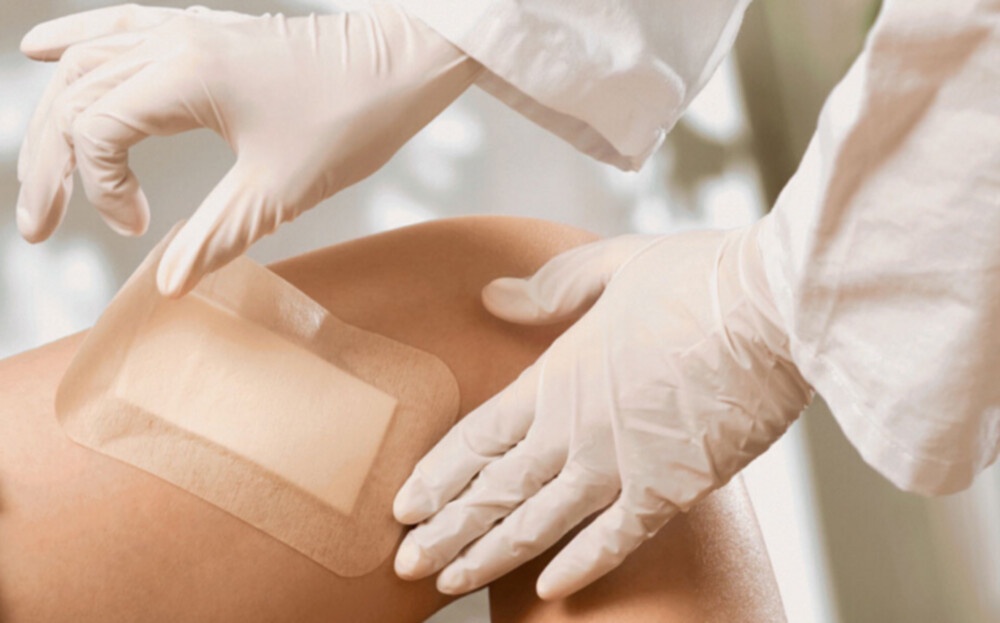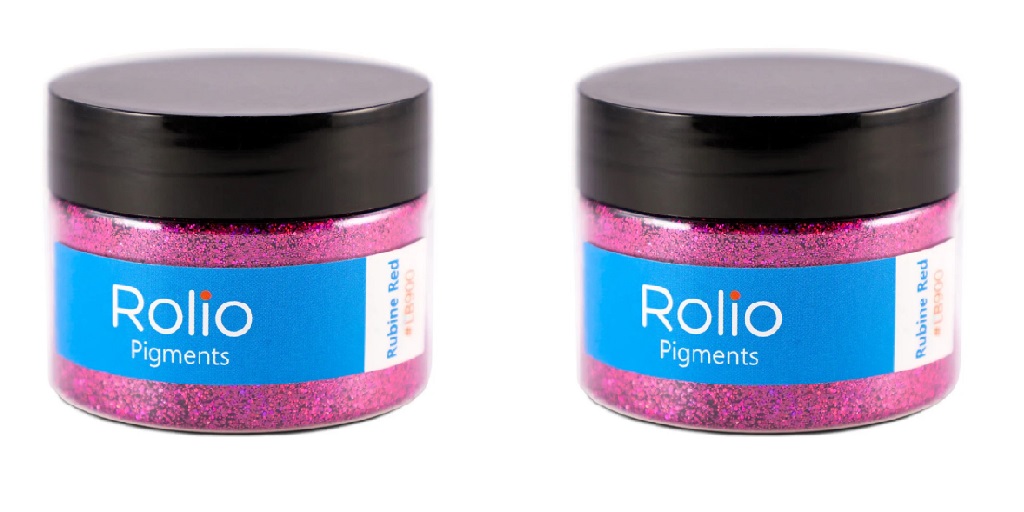Skin grafting is a critical procedure in the realm of wound care and surgical treatment. It plays a vital role in the recovery of patients with severe injuries, burns, or skin diseases. A skin graft company specializes in providing high-quality grafting materials and solutions to healthcare providers, ensuring that patients receive the best possible care. In this guest post, we’ll explore the importance of skin graft companies, the types of grafts they provide, and how they contribute to patient recovery.
What is a Skin Graft?
A skin graft is a surgical procedure that involves transplanting skin from one area of the body to another, or using donor skin, to cover a wound or defect. This process is essential for healing large wounds, improving aesthetics, and restoring the skin’s barrier function. Skin grafting is commonly used in cases of severe burns, traumatic injuries, surgical excisions, and chronic wounds.
The Role of a Skin Graft Company
A skin graft company plays a crucial role in the healthcare supply chain by providing various types of skin grafts and related products. Here are some key functions they serve:
- Quality Assurance: Skin graft companies are committed to delivering high-quality grafts that meet regulatory standards. They ensure that the materials used are safe, effective, and suitable for medical applications.
- Diverse Graft Options: These companies offer a range of graft types, including autografts (from the patient), allografts (from donors), and synthetic grafts. Each type has its specific applications and benefits, allowing healthcare providers to choose the most appropriate option for their patients.
- Research and Innovation: Many skin graft companies invest in research to develop new techniques and materials that enhance the effectiveness of grafting procedures. This commitment to innovation helps improve patient outcomes and expands treatment options.
- Training and Support: Skin graft companies often provide training and support to healthcare professionals, ensuring they understand the best practices for using grafts effectively. This can include workshops, seminars, and detailed product information.
- Collaboration with Healthcare Providers: By collaborating with hospitals, clinics, and surgical centers, skin graft companies ensure that grafts are available when needed. This partnership is essential for timely and effective patient care.
Types of Skin Grafts
- Autografts: These grafts are harvested from the patient’s own body, typically from areas with excess skin. Autografts have the highest success rate as they reduce the risk of rejection.
- Allografts: Sourced from human donors, allografts are used when autografts are not available or feasible. They can be processed to reduce the risk of infection and rejection.
- Xenografts: These grafts come from animals, usually pigs, and are used primarily as temporary coverings for wounds. They help protect the wound and promote healing while the body prepares for a more permanent solution.
- Synthetic Grafts: Made from artificial materials, synthetic grafts are designed to mimic the properties of human skin. They are used in specific cases where biological grafts are not suitable.
Conclusion
The role of a skin graft company in modern medicine cannot be overstated. By providing high-quality grafts, supporting healthcare professionals, and driving innovation, these companies significantly impact patient recovery and healing. As the demand for skin grafting procedures continues to grow, the expertise and resources offered by skin graft companies will remain essential in delivering effective wound care solutions. For patients, this means better outcomes, faster healing, and a return to normal life.




